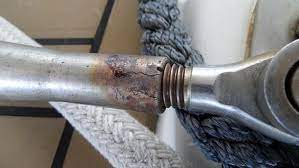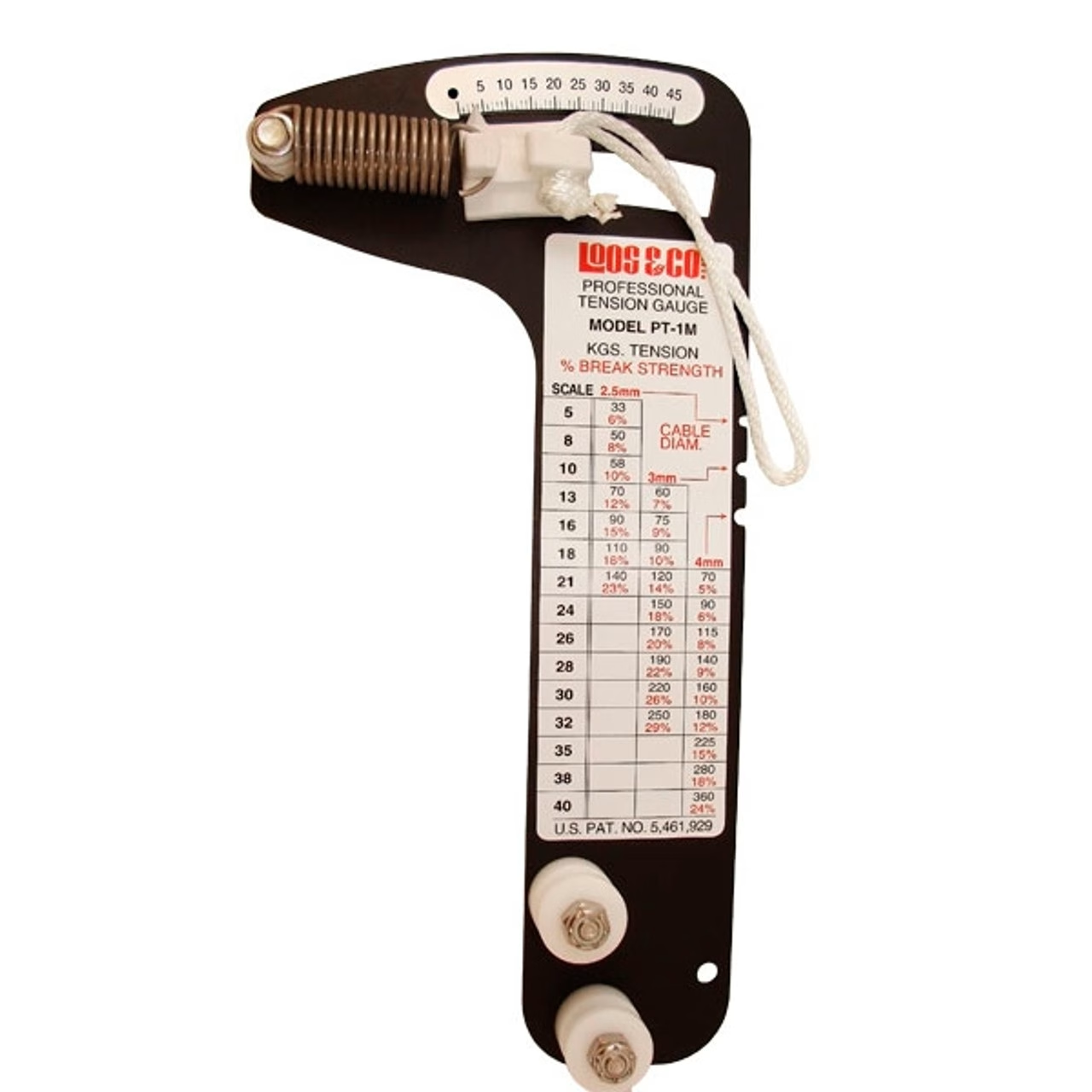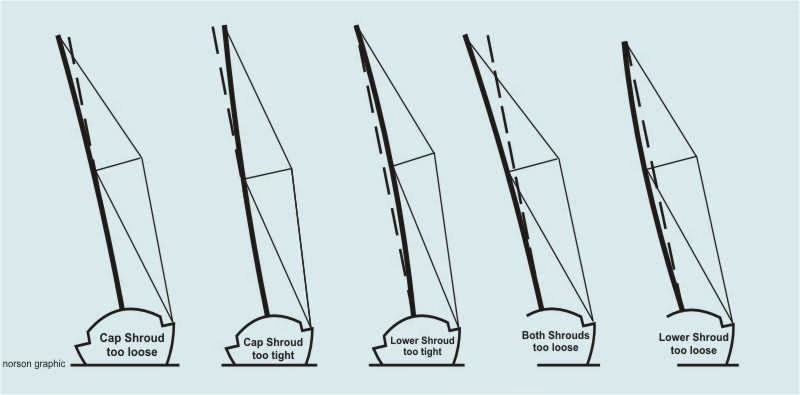How to Tweak Your Rigging on a Sailboat
Proper rig tuning is one of the most effective ways to improve your sailboat’s performance, safety, and handling. Whether you’re racing or cruising, knowing how to tweak your rigging can make sailing smoother, reduce unnecessary strain on equipment, and extend the life of your sails.
Why Rig Tuning Matters
The rig is your boat’s engine. A well-tuned rig:
Balances the helm, reducing weather helm or lee helm.
Improves pointing ability and sail shape.
Prevents excessive wear on sails and fittings.
Enhances safety in stronger winds.
Step 1: Check Your Standing Rigging
Standing rigging (shrouds, stays, and turnbuckles) holds your mast in place. Begin with a thorough inspection:

Look for corrosion, broken wires, or cracked fittings.
Ensure turnbuckles are lubricated and move freely.
Check for even tension side-to-side.
Step 2: Centre the Mast
Hoist a tape measure on the main halyard and measure to the chainplates on both sides. Adjust the shrouds so the mast is centred.
Sight up the mast track to make sure the mast is straight with no unwanted bends to port or starboard.
Step 3: Adjust Mast Rake
Mast rake (the mast’s tilt backwards) influences helm balance.
More rake = more weather helm (the boat wants to turn into the wind).
Less rake = reduces weather helm, but can lead to lee helm (unsafe).
Most cruising boats benefit from a moderate rake, usually set with the forestay length.
Step 4: Apply Proper Tension
Using a tension gauge (e.g., Loos gauge) makes adjustments accurate:

Uppers (cap shrouds): Should be tight enough to support the mast without sag, but not guitar-string tight.
Lowers (forward and aft): Fine-tune mast bend and keep the middle section in column.
Backstay: Adjusts forestay tension, which controls headsail shape and pointing ability.

Step 5: Fine-Tune Under Sail
The final adjustments happen on the water:
Sail close-hauled in steady wind.
Check leeward shrouds—if they’re going slack, tighten them slightly.
Look at the mainsail shape. Too much mast bend = a flatter main; too little = a fuller main. Adjust lowers accordingly.
Helm balance: Aim for a light, consistent weather helm.
Step 6: Re-check Regularly
Rigging shifts over time with sailing loads, temperature, and stretch. Re-check tension at the start of each season and after heavy-weather sailing.
Tips for Success
Make minor adjustments—half-turns on turnbuckles can make a big difference.
Keep a log of your settings for different conditions (cruising, racing, heavy wind).
Don’t forget safety—always use proper tools and avoid over-tightening.
Final Thought:
Tuning your rig is both science and art. The more you practice, the more you’ll learn how minor tweaks change your boat’s balance and performance. A properly tuned rig means more speed, less strain, and ultimately, more enjoyable sailing.
Author
-

Rene is a keelboat instructor and sailing coach in the Mandurah area WA. He is also the author of several books about sailing including "The Book of Maritime Idioms" and "Renaming your boat".
View all posts


